
A reserve on Jersey's north coast will protect our endangered puffins, razorbills and other species.
Planning permission has been given for a 1km-long fence along the cliffs between the Lecq shooting range and the Plemont headland.
Bird On The Edge is raising awareness that, since 1910, Jersey has lost 99% of its breeding puffin population, 92% of its breeding razorbills, and all of its breeding Guillemots.
Earlier this year, the loss of another pair of puffins brought the total breeding population down to six individuals.
Non-native predators remain the largest threat to seabirds at their breeding grounds worldwide, and in Jersey, rats, ferrets and domestic cats have all been found close to the nests of puffins and other seabirds.
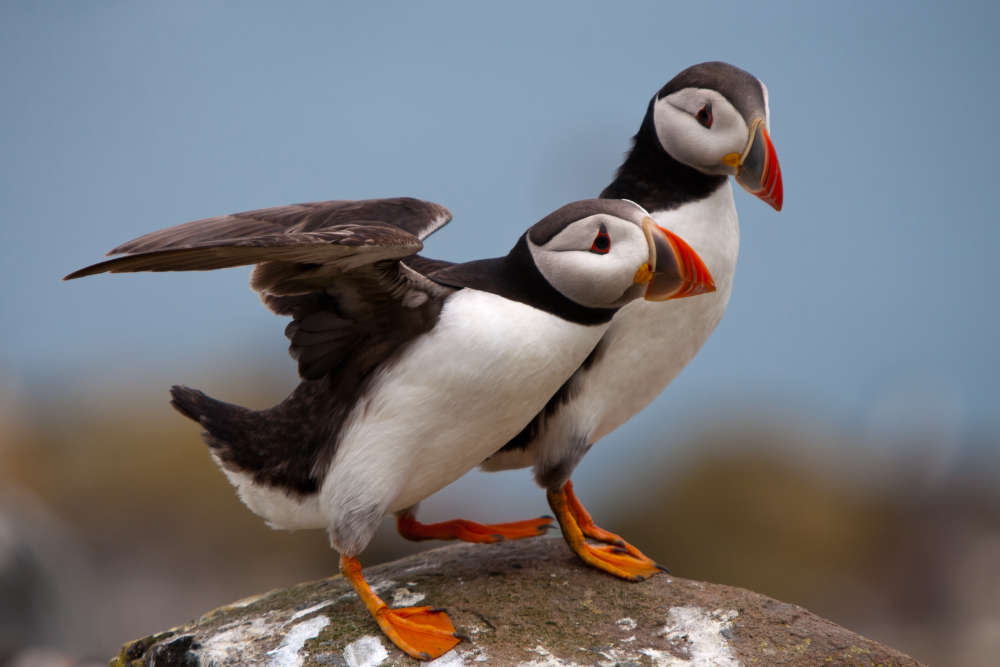 Over 50 fenced sanctuaries already exist in other island nations, providing endangered species protection and a chance of recovery.
Over 50 fenced sanctuaries already exist in other island nations, providing endangered species protection and a chance of recovery.
Birds On the Edge believes a feasible way to safeguard their future is to create a fenced sanctuary, where their habitats can be restored and breeding grounds protected.
Project Officer Cristina Sellares says it's urgent:
"We have already lost the Guillemots, and other species that potentially lived in Jersey, and we want what we have left to stay and survive in Jersey to stop them from disappearing completely.
"That's the first step - that's why this fence is so crucial, and (that) it happens as soon as we can."
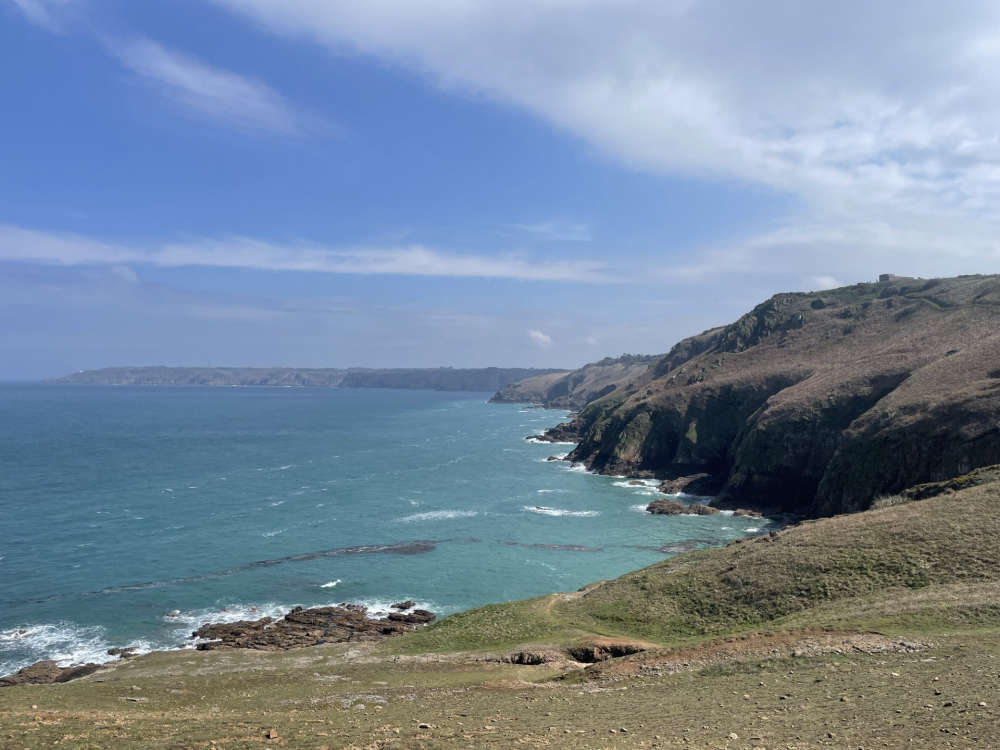 The 1km long fence will run between the Lecq shooting range and Plemont headland.
The 1km long fence will run between the Lecq shooting range and Plemont headland.
"The installation of the fence is not very complex, and only takes between 2-4 months.
"It has to be done at a time when the wildlife is not there. Autumn is a good time because the birds will be gone from the nest.
"Next breeding season, we are working to make the habitat as safe as possible for when they return.
"We are clearing bracken and other things to deter the rats as much as possible in the meantime.
"2026 would be the earliest we could install it, once the chicks have fledged the nest."
"Because seabird populations take a long time to recover - they are long-lived and take a long time to breed - at the beginning, it will be slow.
"What we aim for, to starters is to stop them from going extinct. To stop them from disappearing is the first priority.
"Then, in maybe 10-15 years, we should see a recovery and increase in numbers and perhaps even new species like Storm Petrels."


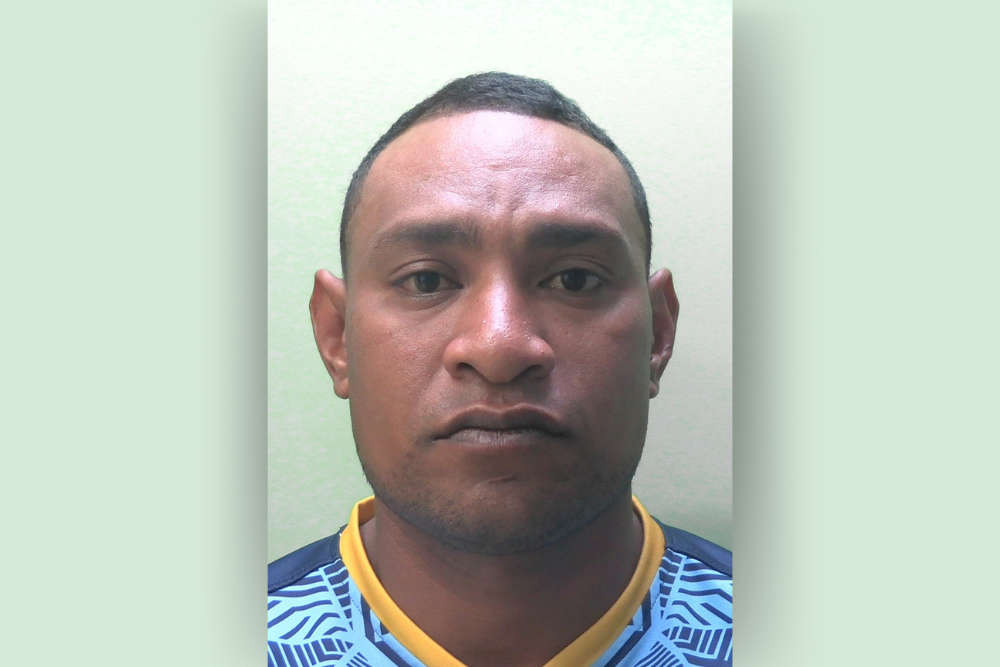 Phone robber jailed after targeting a 'lone' woman
Phone robber jailed after targeting a 'lone' woman
 Channel Islands' parliamentary Standards Commissioner resigns
Channel Islands' parliamentary Standards Commissioner resigns
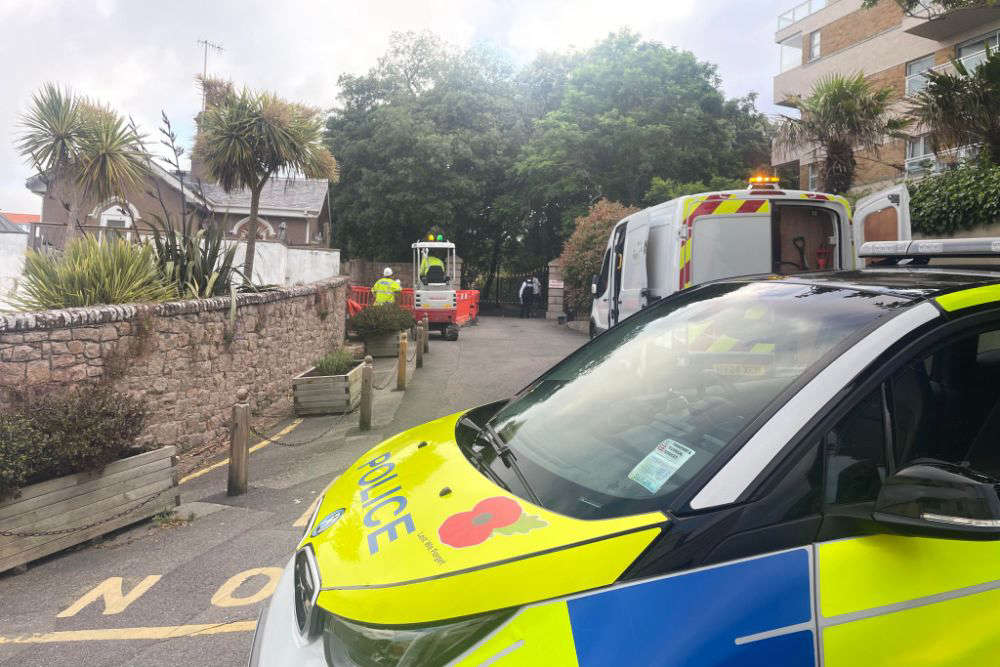 Island Energy charged over Mont Pinel gas explosion
Island Energy charged over Mont Pinel gas explosion
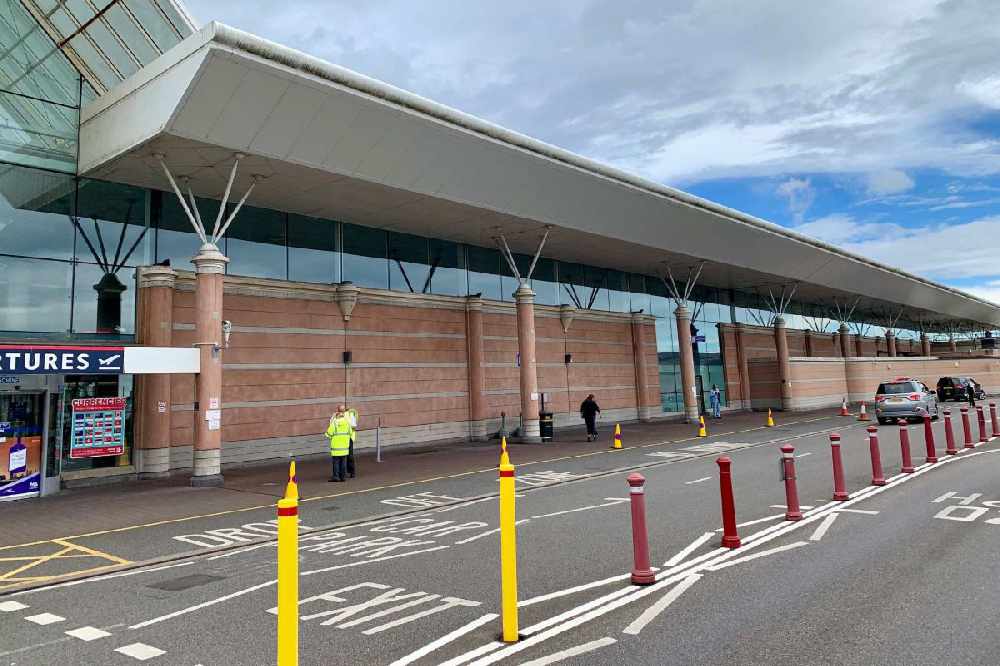 Jersey airport to open early due to broken scanner
Jersey airport to open early due to broken scanner
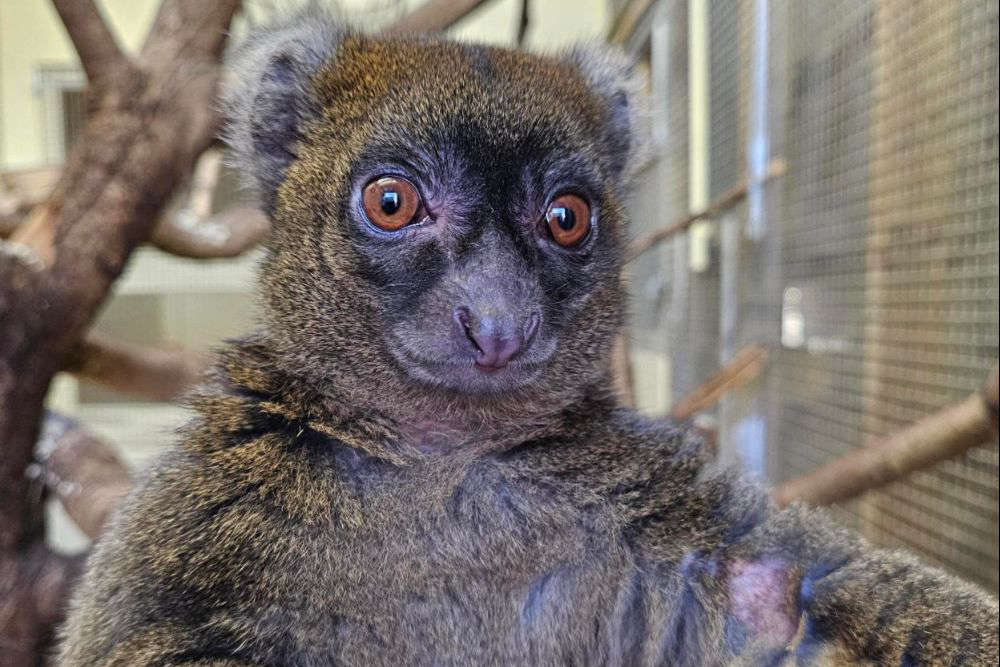 Critically endangered species of lemur joins Jersey Zoo
Critically endangered species of lemur joins Jersey Zoo
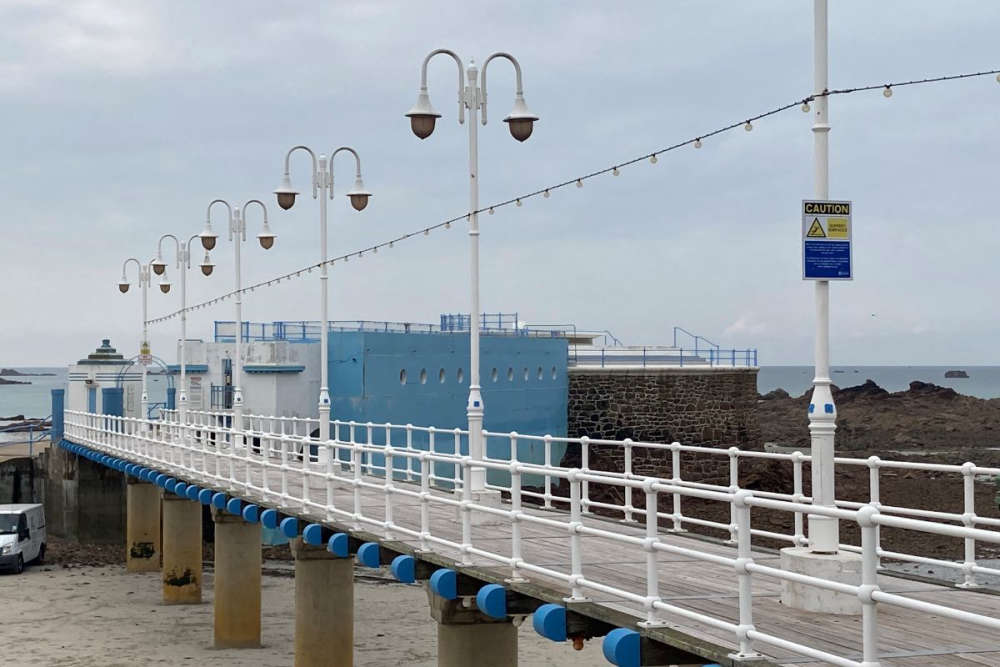 Lido to 'pause trading' amid ongoing uncertainly
Lido to 'pause trading' amid ongoing uncertainly
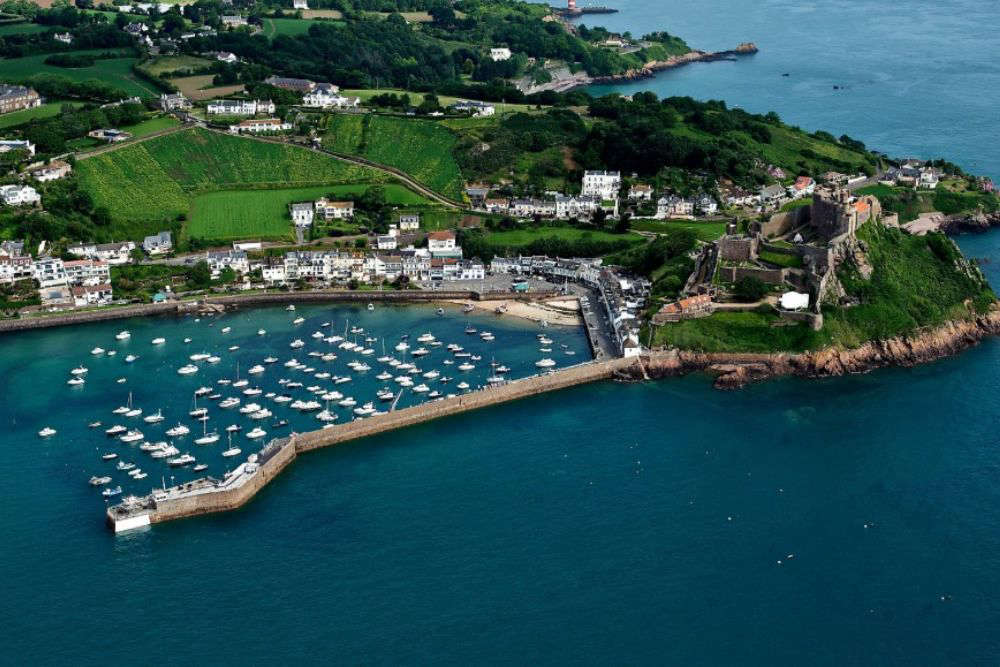 Ports of Jersey applies to remove Gorey Pier landing stage
Ports of Jersey applies to remove Gorey Pier landing stage
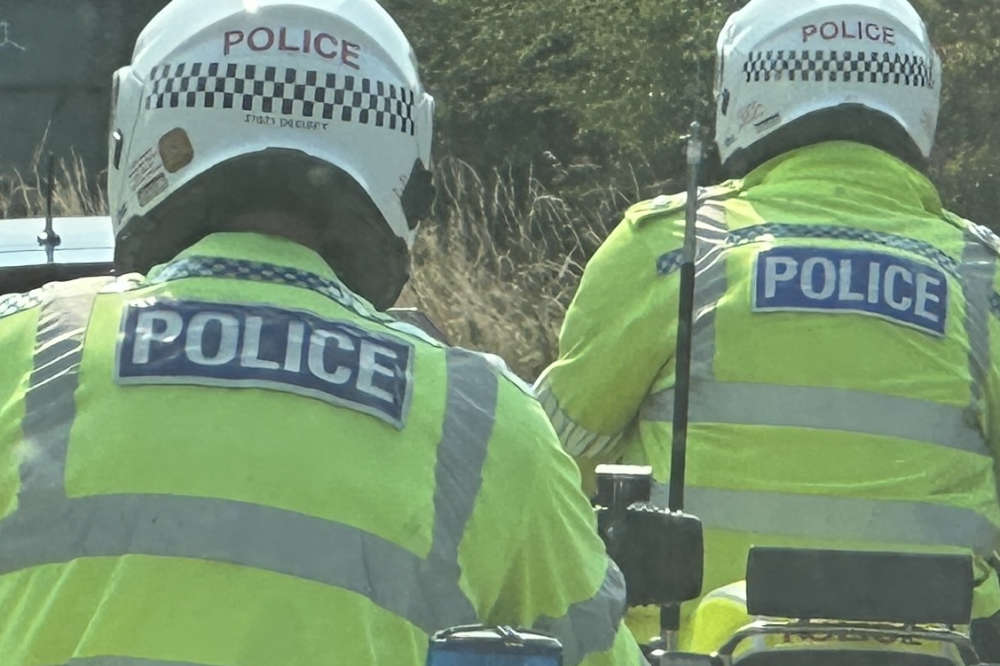 Jersey's police officers to be held to new standards
Jersey's police officers to be held to new standards

